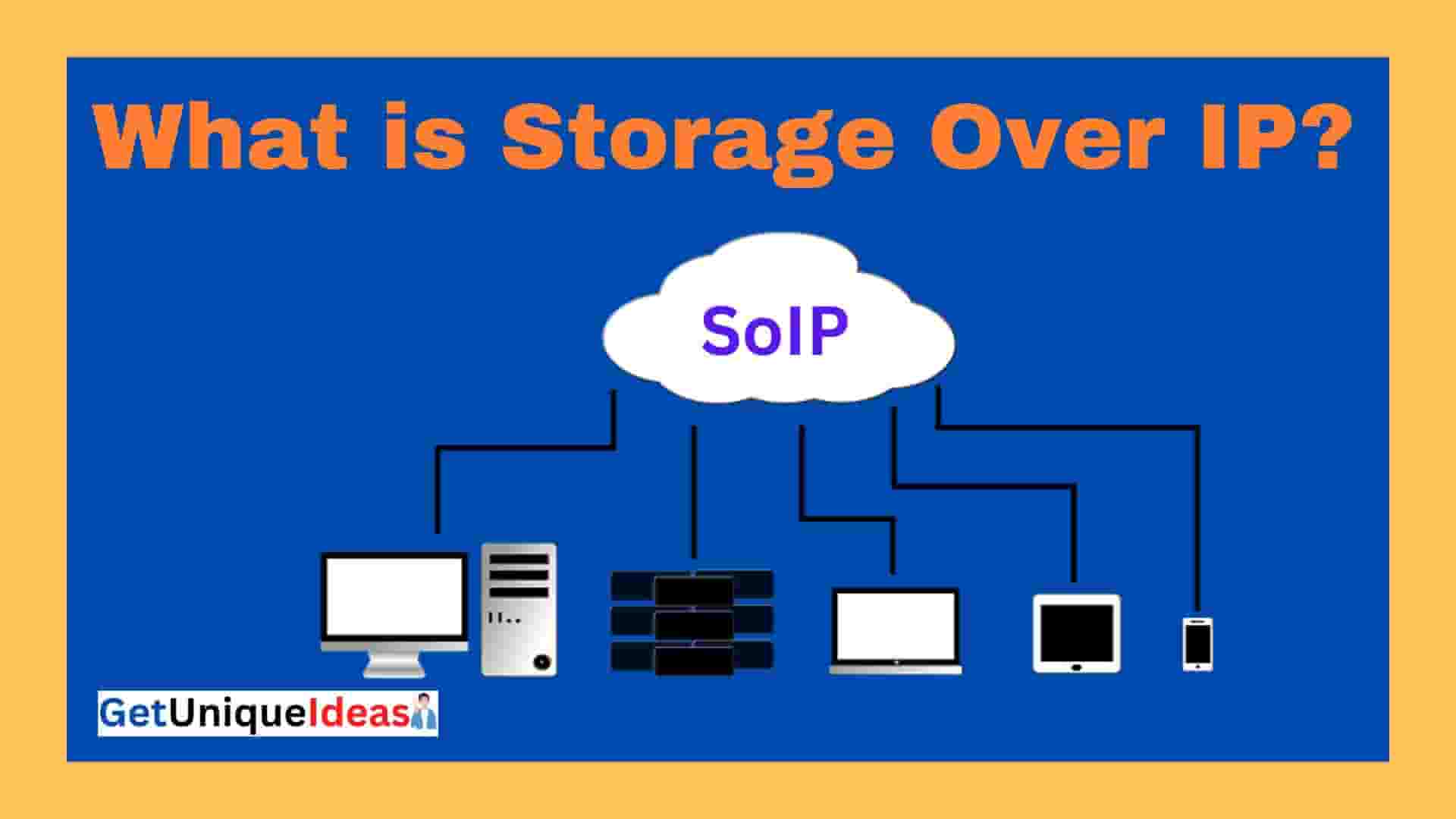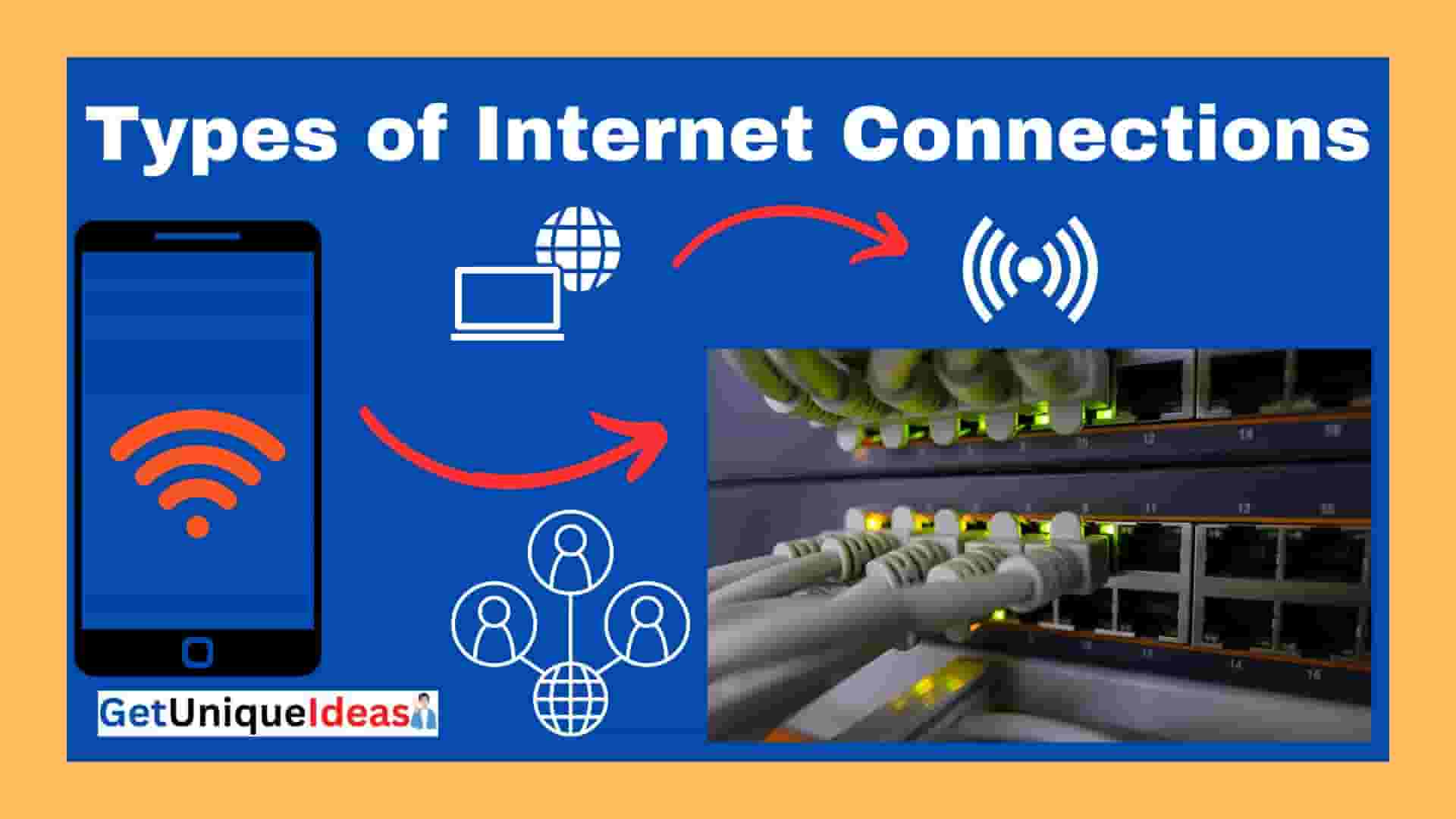Electronic payment systems have revolutionized the way we make transactions and have become an integral part of our daily lives.
Whether it’s paying bills online, shopping on e-commerce sites, or transferring money to friends and family, electronic payment systems have made it easier and more convenient for us to manage our finances.
But what exactly is an electronic payment system and how does it work? In this blog post, we’ll explore the basics of electronic payment systems and their advantages and disadvantages.
An electronic payment system is a method of making transactions electronically, without the use of cash or checks.
These transactions are typically made through the use of a credit or debit card, a mobile device, or a computer.
Electronic payment systems can be used for a wide variety of purposes, such as purchasing goods and services, paying bills, and transferring money. They are commonly used in e-commerce, online banking, and other digital transactions.
One of the biggest advantages of electronic payment systems is their convenience. They allow us to make transactions 24/7 from anywhere with an internet connection.
This means that we can make purchases, pay bills, and transfer money without ever having to leave our homes or wait in line at a bank or store.
Additionally, electronic payment systems are generally faster than traditional methods, such as checks or money orders. This is because they are processed electronically, which eliminates the need for mail or in-person delivery.

Types of electronic payment system :-
There are several different types of electronic payment systems, including:
- Credit card payment systems: These systems use card networks such as Visa or Mastercard to process transactions. When a customer makes a purchase using a credit card, the merchant’s terminal or website sends the transaction information to the card network, which then routes it to the customer’s bank for authorization.
- Debit card payment systems: These systems use card networks such as Visa or Mastercard to process transactions. When a customer makes a purchase using a debit card, the merchant’s terminal or website sends the transaction information to the card network, which then routes it to the customer’s bank for authorization and the funds are deducted directly from the customers account
- Digital wallets: These systems allow customers to store their credit or debit card information on their mobile device or computer, making it easier to make purchases online or in-store. Examples include Apple Pay, Google Wallet, and Samsung Pay.
- Online banking and bill pay systems: These systems allow customers to access their bank accounts online and make payments to vendors or other individuals.
- Electronic Fund Transfer (EFT) systems: These systems allow customers to transfer funds between accounts electronically, either through a bank’s website or mobile app, or through a third-party service such as PayPal.
- Cryptocurrency: This is a digital or virtual currency that uses cryptography for security. A cryptocurrency is difficult to counterfeit because of this security feature. A defining feature of a cryptocurrency, and arguably its biggest allure, is its organic nature; it is not issued by any central authority, rendering it theoretically immune to government interference or manipulation.
- Direct debit systems: With this system, the payer authorizes the payee to debit the payer’s account directly.
- ACH (Automated Clearing House) Systems: These systems are used for electronic payments and money transfers between banks, often used for direct deposit and automatic bill payments.
These are some of the main types of electronic payment systems that are widely used today. Each system has its own advantages and disadvantages, and the choice of which one to use will depend on the specific needs of the payer and payee.
What is advantages of Electronic Payment System ?
There are several advantages of electronic payment systems, including:
- Convenience: Electronic payments can be made 24/7 from anywhere with an internet connection, making it easy for customers to make transactions at any time.
- Speed: Electronic payments are processed much faster than traditional methods, such as checks or money orders.
- Security: Electronic payment systems use encryption and other security measures to protect sensitive information and reduce the risk of fraud.
- Reduced Costs: Electronic payments can be processed at a lower cost than traditional methods, resulting in cost savings for both the customer and the merchant.
- Increased Efficiency: Electronic payments can be automatically processed and reconciled, reducing the need for manual data entry and increasing the speed and accuracy of transactions.
- Accessibility: Electronic payment systems can be used by people who do not have access to traditional banking services.
- Record-keeping: Electronic payment systems provide an automatic record of all transactions for easy record-keeping and tracking.
- Increased Sales: Electronic payment systems can increase sales by making it easier for customers to make purchases online or over the phone.
Disadvantages of Electronic Payment System ?
There are also several disadvantages of electronic payment systems, including:
- Technical difficulties: Electronic payment systems may be subject to technical difficulties, such as server outages or network failures, which can cause transactions to fail or be delayed.
- Security risks: Electronic payment systems can be vulnerable to hacking and other security breaches, which can result in the loss of sensitive information or the unauthorized use of funds.
- Dependence on technology: Electronic payment systems rely on technology, which means that if there is a power outage or other technical issue, transactions may not be able to be processed.
- Limited acceptance: Not all merchants and retailers accept electronic payment methods, which can be an inconvenience for customers.
- High transaction fees: Some electronic payment systems charge high transaction fees, which can be a disadvantage for merchants and customers.
- Limited choice: Electronic payment systems may limit the choice of payment options available to customers.
- Complexity: Electronic payment systems may be complex and difficult to use, which can be a barrier to adoption for some customers.
- Privacy concerns: Electronic payment systems may raise privacy concerns, as they involve the transmission of sensitive personal and financial information.
It is important to note that, despite the above disadvantages, electronic payment systems have become increasingly popular and secure, and many of these issues have been addressed by providers, financial institution and governments over the years.
Conclusion :-
In conclusion, what is electronic payment systems have revolutionized the way we conduct financial transactions.
These systems offer a convenient and secure alternative to traditional payment methods, allowing for faster and more efficient transactions.
They are also able to handle a wide range of payment types, including credit and debit cards, digital wallets, and mobile payments. As technology continues to advance, we can expect to see even more innovation in the electronic payment space.
It is important for consumers to stay informed about the different options available and to choose a system that best fits their needs.
Additionally, it is also important for businesses to stay up-to-date on the latest electronic payment trends in order to provide the best possible experience for their customers.
Overall, electronic payment systems are a vital aspect of our modern economy and will continue to play a key role in shaping the future of commerce.









